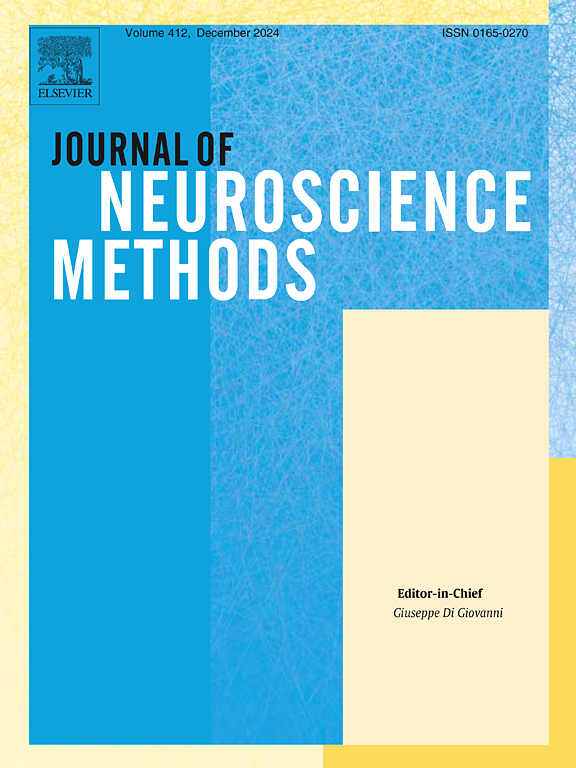揭示阿尔茨海默病诊断的决策过程:基于案例的可解释深度学习反事实方法。
IF 2.7
4区 医学
Q2 BIOCHEMICAL RESEARCH METHODS
引用次数: 0
摘要
背景:由于深度学习(DL)模型的应用,阿尔茨海默病(AD)诊断领域正在经历重大变革。虽然深度学习在通过结构性磁共振成像(sMRI)预测疾病方面超越了传统的机器学习,但缺乏可解释性限制了临床应用。反事实推理提供了一种将因果解释整合到这些模型中的方法,从而提高了模型的稳健性和透明度:本研究开发了一种结合 U-Net 和生成对抗网络 (GAN) 模型的新方法,用于创建全面的反事实诊断图。所提出的方法利用基于案例的反事实推理对反事实地图进行稳健的决策分类,以了解特定特征的变化如何影响模型的预测:在 ADNI 数据集上,将所提出的方法与最先进的可视化解释技术进行比较。与现有方法的比较:在 ADNI 数据集上,将所提出的方法与最先进的可视化解释技术进行了比较。还将所提出的方法与其他基于梯度的模型和生成模型进行了基准比较,以了解其生成全面的反事实地图的能力:结果表明,所提出的方法在准确性、灵敏度和特异性方面明显优于现有方法,同时还提供了详细的反事实图,直观地展示了大脑形态的微小变化如何导致不同的诊断结果。所提出的方法准确率达到 95%,AUC 达到 0.97,说明它在捕捉细微但关键的解剖特征方面具有优势:结论:通过生成直观的视觉解释,所提出的方法提高了AD诊断模型的可解释性和稳健性,使其更加可靠和负责。反事实推理的使用增强了临床医生对疾病进展和不同干预措施影响的理解,促进了AD护理中的精准医疗。本文章由计算机程序翻译,如有差异,请以英文原文为准。
Unveiling the decision making process in Alzheimer’s disease diagnosis: A case-based counterfactual methodology for explainable deep learning
Background
The field of Alzheimer's disease (AD) diagnosis is undergoing significant transformation due to the application of deep learning (DL) models. While DL surpasses traditional machine learning in disease prediction from structural magnetic resonance imaging (sMRI), the lack of explainability limits clinical adoption. Counterfactual inference offers a way to integrate causal explanations into these models, enhancing their robustness and transparency.
New method
This study develops a novel methodology combining U-Net and generative adversarial network (GAN) models to create comprehensive counterfactual diagnostic maps for AD. The proposed methodology uses case-based counterfactual reasoning for robust decision classification for counterfactual maps to understand how changes in specific features affect the model's predictions.
Comparison with existing methods
The proposed methodology is compared with state-of-the-art visual explanation techniques across the ADNI dataset. The proposed methodology is also benchmarked against other gradient-based and generative models for its ability to generate comprehensive counterfactual maps.
Results
The results demonstrate that the proposed methodology significantly outperforms existing methods in accuracy, sensitivity, and specificity while providing detailed counterfactual maps that visualize how slight changes in brain morphology could lead to different diagnostic outcomes. The proposed methodology achieves an accuracy of 95 % and an AUC of 0.97, illustrating its superiority in capturing subtle yet crucial anatomical features.
Conclusions
By generating intuitive visual explanations, the proposed methodology improves the interpretability and robustness of AD diagnostic models, making them more reliable and accountable. The use of counterfactual inference enhances clinicians' understanding of disease progression and the impact of different interventions, fostering precision medicine in AD care.
求助全文
通过发布文献求助,成功后即可免费获取论文全文。
去求助
来源期刊

Journal of Neuroscience Methods
医学-神经科学
CiteScore
7.10
自引率
3.30%
发文量
226
审稿时长
52 days
期刊介绍:
The Journal of Neuroscience Methods publishes papers that describe new methods that are specifically for neuroscience research conducted in invertebrates, vertebrates or in man. Major methodological improvements or important refinements of established neuroscience methods are also considered for publication. The Journal''s Scope includes all aspects of contemporary neuroscience research, including anatomical, behavioural, biochemical, cellular, computational, molecular, invasive and non-invasive imaging, optogenetic, and physiological research investigations.
 求助内容:
求助内容: 应助结果提醒方式:
应助结果提醒方式:


